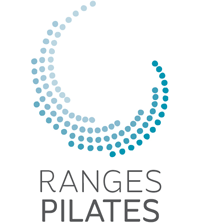I Will Catch You Says The Floor
You start to lose your balance as early as your early 40’s, for some even earlier, and often it’s not noticeable until you fall.
There are a number of factors which allow your body to maintain your balance including:
Adding a swivel disc helps improve your balance
Eyesight - this a huge one and you can often tell how important that when you balance on one leg and close your eyes.
Vestibular System - this is the inner ear telling your brain and body which way is up
Proprioception - Your bodies awareness of where it is is space
If any of these systems is affected this can compromise your balance and this can be any of the following:
Inner ear problems
A foot injury such as a ankle sprain
Side effects of medication
Changes in eyesight such as starting to use multifocal glasses
Foot pain such as plantar fasciitis
Loss of depth perception
Toe pathologies such as bunions, toes are very important for balance.
In the studio the way we help improve balance is much more comprehensive than just practicing balance in on one leg.
We work on improve your postural alignment, for example if you are hunched over this effects your centre of gravity so it’s harder to balance
Improving the strength of your core, this gives all your limbs a stable base to help your balance.
Adding a unstable surface, this exercise can be done at home.
A huge factor is improving the strength and flexibility of your feet, this improves their proprioception.
When practicing balancing (safely) we mix up the surface under the feet, for instance it may be uneven, wobbly. we add eye movements, head movements, etc
Falling when older not only potentially can cause life changing injury it also can change someones confidence walking around, further limiting mobility.
If you would like some exercises to help practice balancing at home please contact me.
Regards Rosemary


